Exercises Archives (Assertion-Reasoning) from CENGAGE CHEMISTRY (ENGLISH) CARBOXYLIC ACIDS AND THEIR DERIVATIVES for Class 12
| Class 12 | CHEMISTRY |
| Chapter | CARBOXYLIC ACIDS AND THEIR DERIVATIVES |
| CENGAGE CHEMISTRY (ENGLISH) | Exercises Archives (Assertion-Reasoning) |
| Medium | English |
| Academic Year | 2023-2024 |
Question 5
(a) Define the term neutralisation equivalent of an acid.
(b) Find the number of ionisable H atoms for a polycarboxyclic acid (Mw=210gmmol−1) with a neutralisation equivalent if 70gmeq−1. How many equivalents of NaOH would be neutralised by 1mol of this acid ?
( c) Find the neutralisation equivalent of mellitic acid, C6(COOH)6.View SolutionQuestion 11
An organic compound (A) composed of C,H, and O gives a characteristic colour with ceric ammonium nitrate. Treatement of (A) with PCl5 gives (B) which reacts with KCN to form (C). The reductionof (C) with warm Na/C2H5OH produces (D) which on heating gives (E) with the evolution of ammonia. Pyridine is obtained on treatment of (E) with nitrobenzene.View SolutionQuestion 12
An acidic compound (A)(C4H8O3) loses its optical activity on strong heating yielding (B)(C4H6O2) which reacts readly with KMnO4. (B) forms a dervative (C) with SOCl2 which on reaction with (CH3)2NH gives (D). The compound (A) on oxidation with dilute chromic acid gives an unstable compound (E) which decarboxylates readily to give (F)(C3H6O). The compound (F) gives a hydrocarbon (G) on treatment with amalgamated Zn and HCl. Give the structures of (A) to (G) with proper reasoning.View SolutionQuestion 15
A compound (X) with the molecular formula C6H10O4 is a neutral liquid. On heating (X), under reflux with aqueous sodium hydroxide and distilling the product. A colourless liquid is obtained which on warming with iodine and aqueous sodium hydroxide gives a pale yellow precipatate (Y). The residue in the distilling flask is the sodium salt of an acid (Z), which decolourises aqueous acidified potassium permaganate (VII) on heating. Identify (X),(Y), and (Z) and give all the reactions involved.View SolutionQuestion 17
An organic diabasic acid (A) gave the following on analysis :
C=57.8%,H=3.6%. Its silver salt contained 56.8%Ag. On heating (A) gives a product (B) which on heating with NH3gives (C)(C8H5O2N). Compound (C) forms potassium salt with alc. KOH and is converted into o-aminobenzoic acid with NaClO. Assign structures to (A),(B), and (C).View SolutionQuestion 18
An organic compound (A) on treatment with ethyl alcohol gives a carboxylic acid (B) and compound (C). The hydrolysis of (C) under acidic conditions gives (B) and (D). Oxidation of (D) with KMnO4 also gives (B). (B) on heating with Ca(OH)2 gives (E) (molecular formula, C3H6O). (E) does not give Tollens test and does not reduce Fehling's solution but forms a 2,4−dinitrophenyl hydrazone. Identify (A),(B),(C),(D), and (E).View SolutionQuestion 19
An organic compound (A)(C5H8O3) on heating with soda lime gives (B) which reacts with HCN to give (C). The compound (C) reacts with thionyl chloride to produce (D) which on reaction with KCN gives a compound (E). Alkaline hydrolysis of (E) gives a salt (F) which on heating with soda lime produces n−butane. Careful oxidation of (A) with dichromate give acetic acid and malonic acid. Give the structures to (A) to (F) with proper reasoning.View SolutionQuestion 49
Three isomeric tetracarboxylic acids (I),(II), and (III) are given.
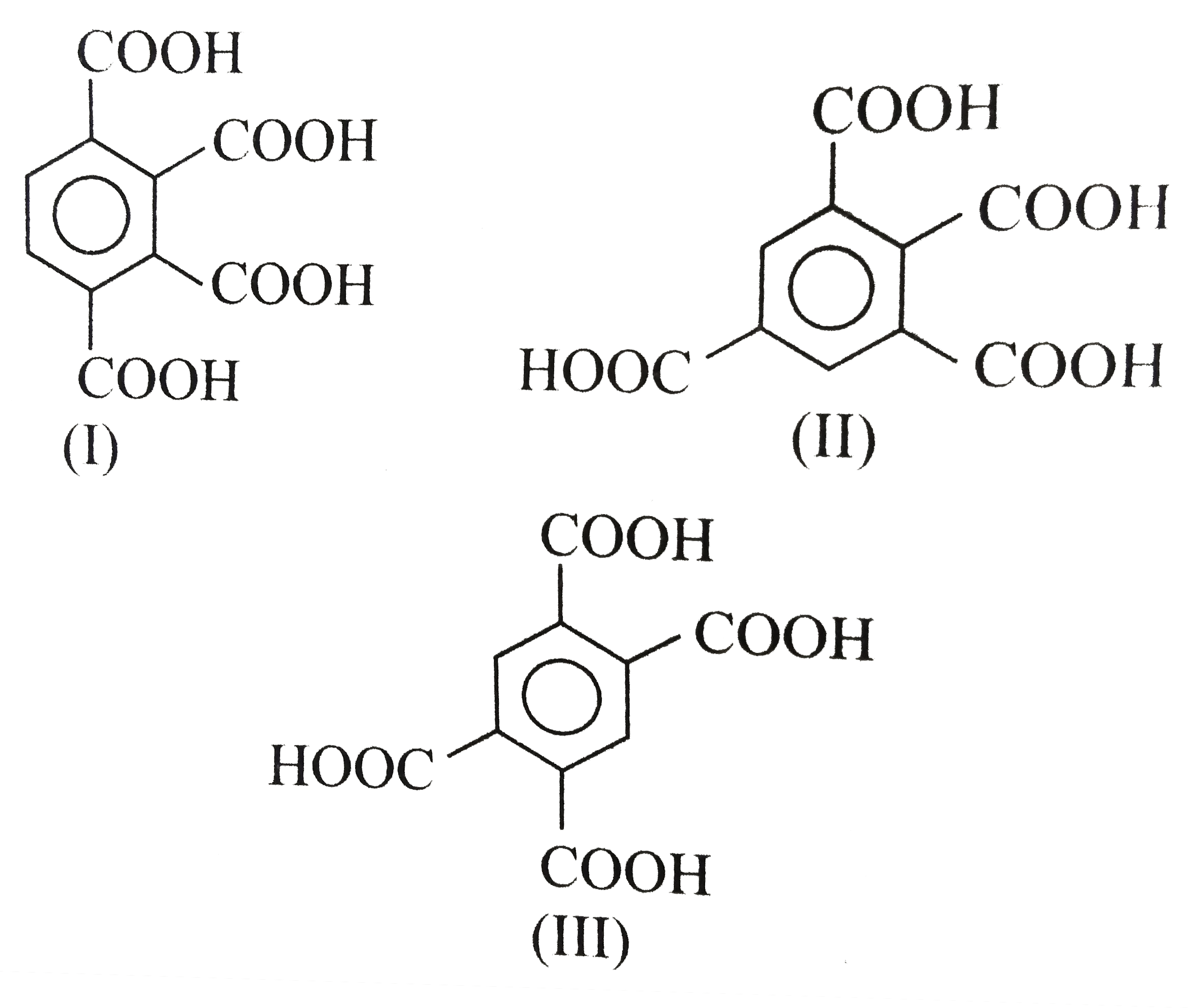
They can be distinguised by anhydride formation by treating with one equivalent and two equivalents of SOCl2.
Which tetracarboxylic acid on reaction with one equivalent of SOCl2 gives two isomeric monoanhydrides ?View SolutionQuestion 50
Three isomeric tetracarboxylic acids (I),(II), and (III) are given.

They can be distinguised by anhydride formation by treating with one equivalent and two equivalents of SOCl2.
Which tetracarboxylic acid on reaction with one equivalent of SOCl2 gives only one monoaanhydride ?View SolutionQuestion 67
Which of the following statements are correct about the following reaction :
R−O∣∣C−OH+R'OHH⊕⇐⇒RCOOR'+H2O
(a)Rate =K[RCOOH][R'OH][H+]. First order in acid, alcohol, and H⊕ , third order overall.
(b)Rate : K[RCOOH][R'OH]. First order in acid and alcohol , second order overall.
(c)Slow and rate-determining step (R.D.S) is the addition of alcohol to the protonated acid.
(d)Slow and rate-determining step (R.D.S) is the addition of acid to the protonated alcohol.View SolutionQuestion 103
The boiling points of ethyl acetate and CH3OH, respectively, are 77∘C and 65∘C. Which of the following reactions can be shifted to the right by the distillation of the reaction mixture at about 66∘C.
(I) MeCOOEt+MeOH→
(II) MeCOOMe+EtOH→
(III) MeCOOMe+PhOH→
(IV) MeCOOPh+MeOH→.View SolutionQuestion 104
Carboxylic acid, although unreactive to alcohols, reacts in the presence of small amount of conc.H2SO4 or with 2−3% of HCl ?
RCOOH+R'OHH⊕⇐⇒RCOOR'+H2O
Which of the following statements is//are correct about the above reaction ?
(I) This reaction is called Fischer esterification reaction.
(II) The equilibrium is shifted to R.H.S if H2O is removed by azeotropic distillation with benzene.
(III) The reaction of RCOCl and R'OH to give ester (RCOOR') is irreversible and more feasible than esterification of RCOOH.
(IV) If the above esterification of RCOOH is carried out in excess of R'OH, the equilibrium is shifted to R.H.S.View SolutionQuestion 174
RCONH2 is converted into RNH2 by means of Hofmann bromamide degradation.

In this RCONHBr is formed form which this reaction has derived its name. Electron-donating group at phenyl activities the reaction. Hofmann degradation reaction is an intramolecular reaction.
Hoe can the conversation of (i)→(ii) be brought about ?View SolutionQuestion 175
RCONH2 is converted into RNH2 by means of Hofmann bromamide degradation.

In this RCONHBr is formed form which this reaction has derived its name. Electron-donating group at phenyl activities the reaction. Hofmann degradation reaction is an intramolecular reaction.
Which is the rate-determining step in Hofmann bromamide degradation ?View SolutionQuestion 192
An organic compound (A) on treatment with acetic acid in the presence of sulphuric acid produces an ester (B). (A) on mild oxidation gives (C),(C) with 50% potassium hydroxide followed by acidification with dilute hydroxide acid generates (A) and (D),(D) with phosphorus pentachloride followed by reaction with ammonia gives (E),(E) on dehydration produces hydrocyanic acid. Identify the compounds (A),(B),(C),(D), and (E).View SolutionQuestion 195
The sodium salt of a carboxylic acid, A, was produced by passing a gas, B, into an aqueous solution of caustic alkali at an elevated temperature and pressure. A on heating in presence of sodium hydroxide followed by treatment with sulphuric acid gave a dibasic acid C, A sameple of 0.4 g of C on combustion gave 0.08g of water and 0.39g of carbondioxide. The silver salt of acid weihin 1g on ignition yielded 0.71g of silver as residue. Identify A, B and C. View SolutionQuestion 212
Five isomeric p-subsituted aromatic compounds (A) to (E ) with molecular formula C8H8O2 are given for identifyication. Based on the following observation, give the structures of the compounds.
i. Both (A) and (B) form a silver mirror with Tollens reagent, (B) also gives a positive test with neutral FeCl3 solution.
ii. (C ) gives positive iodoform test.
iii. (D) is readily extracted in aqueous NaHCO3 solution.
iv. (E ) on acid hydrolysis gives 1,4-dihydroxy benzene.
Compound (A) is: View SolutionQuestion 214
A biologically active compound bombykol (C16H30O) is obtained from a natural source. The structure of the compound is determined by the following reactions :
(a) On hydrogenation, bombykol gives a compound (A),C16H34O, which reacts with acetic anhydride to give an ester.
(b) Bombykol also reacts with acetic anhydride to give another ester, which on oxidation ozonolysis (O3/H2O2) gives a mixture of butanoic acid, oxalic acid, and 10−hydr⊗y decanoic acid.
Determone the number of double bonds in bombykol. Write the strcutures of compounds (A) and bombykol. How many geometrical isomers are possible for bombykol ?View Solution
All Exercises from CENGAGE CHEMISTRY (ENGLISH) Class 12 CHEMISTRY CARBOXYLIC ACIDS AND THEIR DERIVATIVES
- EXERCISES (ASSERTION-REASONING)
- EXERCISES (LINKED COMPREHENSION)
- EXERCISES (MULTIPLE CORRECT)
- EXERCISES (SINGLECORRECT)
- EXERCISES (SUBJECTIVE)
- EXERCISES ARCHIVES (ANALYTICAL AND DESCRIPTIVE)
- EXERCISES ARCHIVES (ASSERTION-REASONING)
- EXERCISES ARCHIVES (FILL IN THE BLANKS)
- EXERCISES ARCHIVES (LINKED COMPREHENSION)
- EXERCISES ARCHIVES (MULTIPLE CORRECT)
- EXERCISES ARCHIVES (SINGLE CORRECT)
- EXERCISES ARCHIVES (TRUE/FALSE)
- ILLUSTRATION
- SOLVED EXAMPLES
 .
. .
.

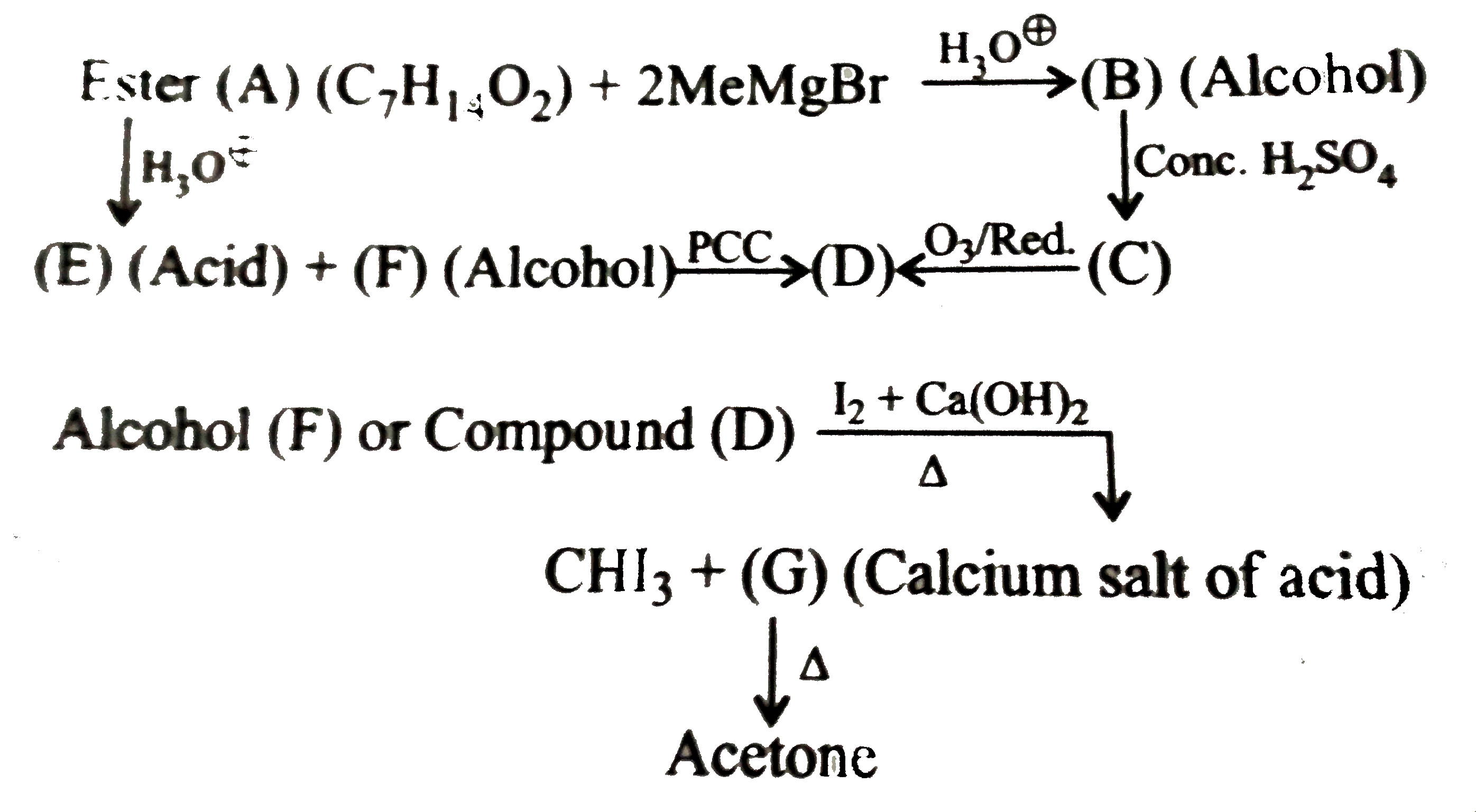
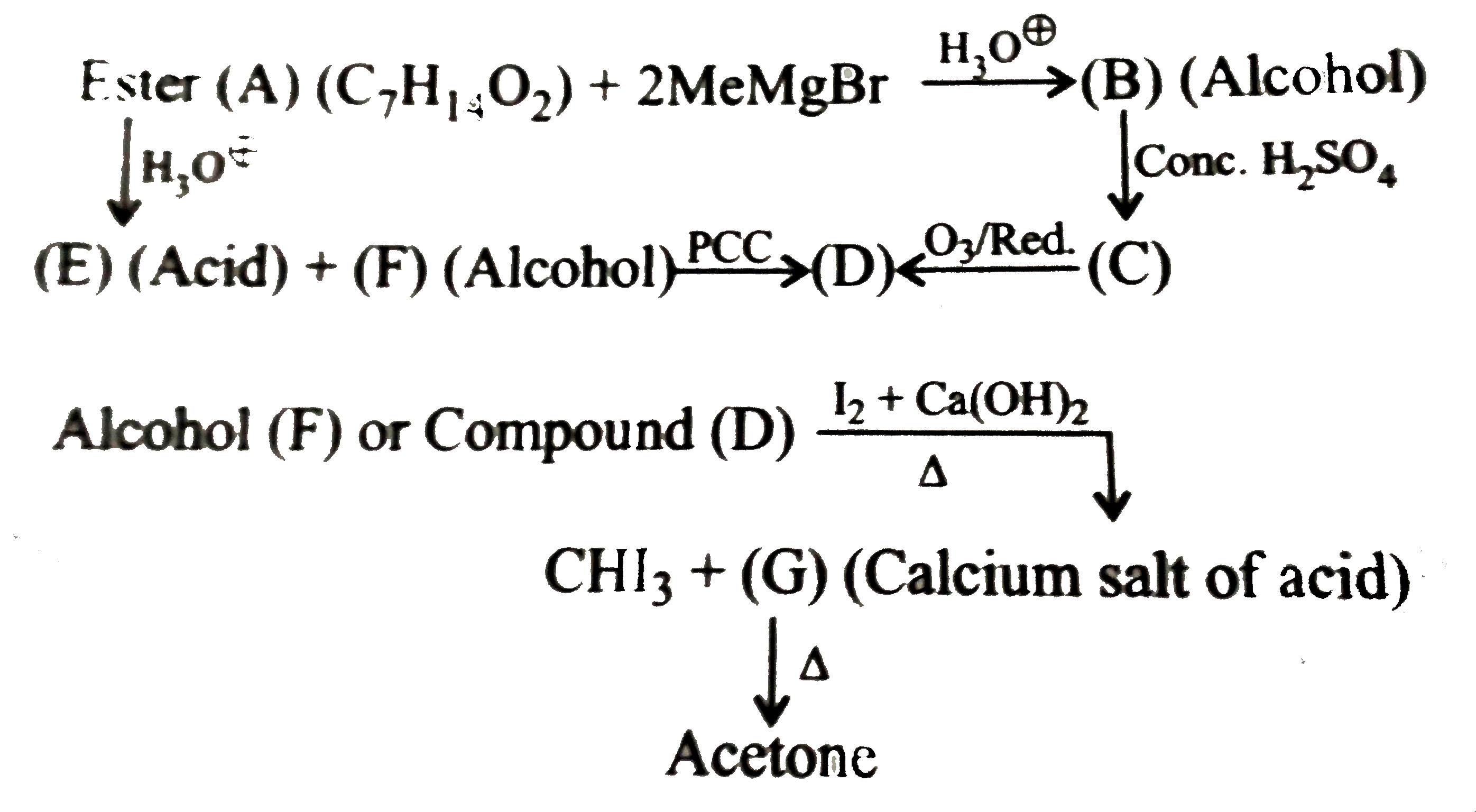















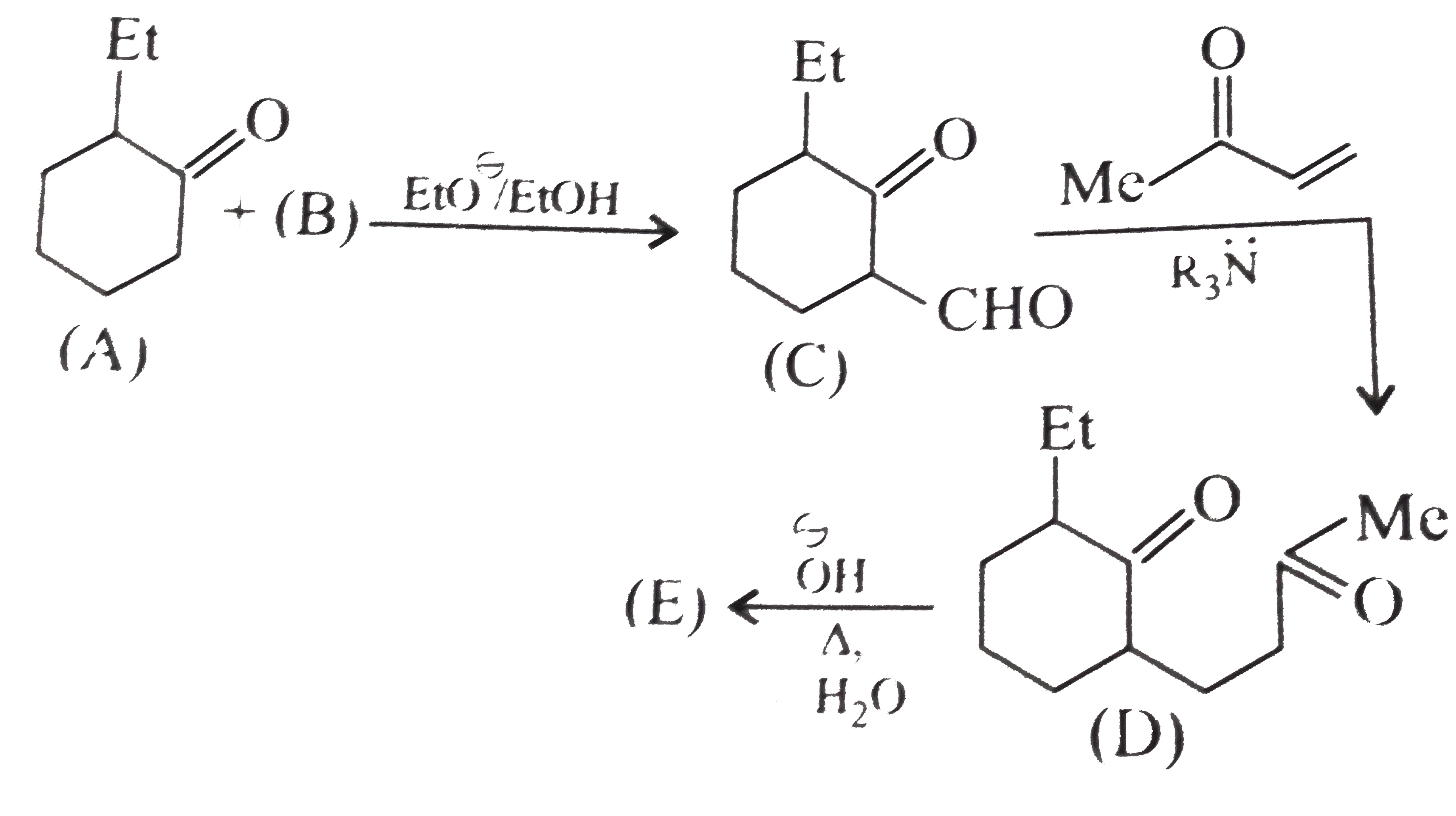

 .
.
 .
. .
. .
.



 .
. .
.



 .
. .
. .
. .
.



 (I) is more acidic than
(I) is more acidic than 
 are more acidic than hydroxylamine
are more acidic than hydroxylamine  .
.
 .
.


 .
. .
.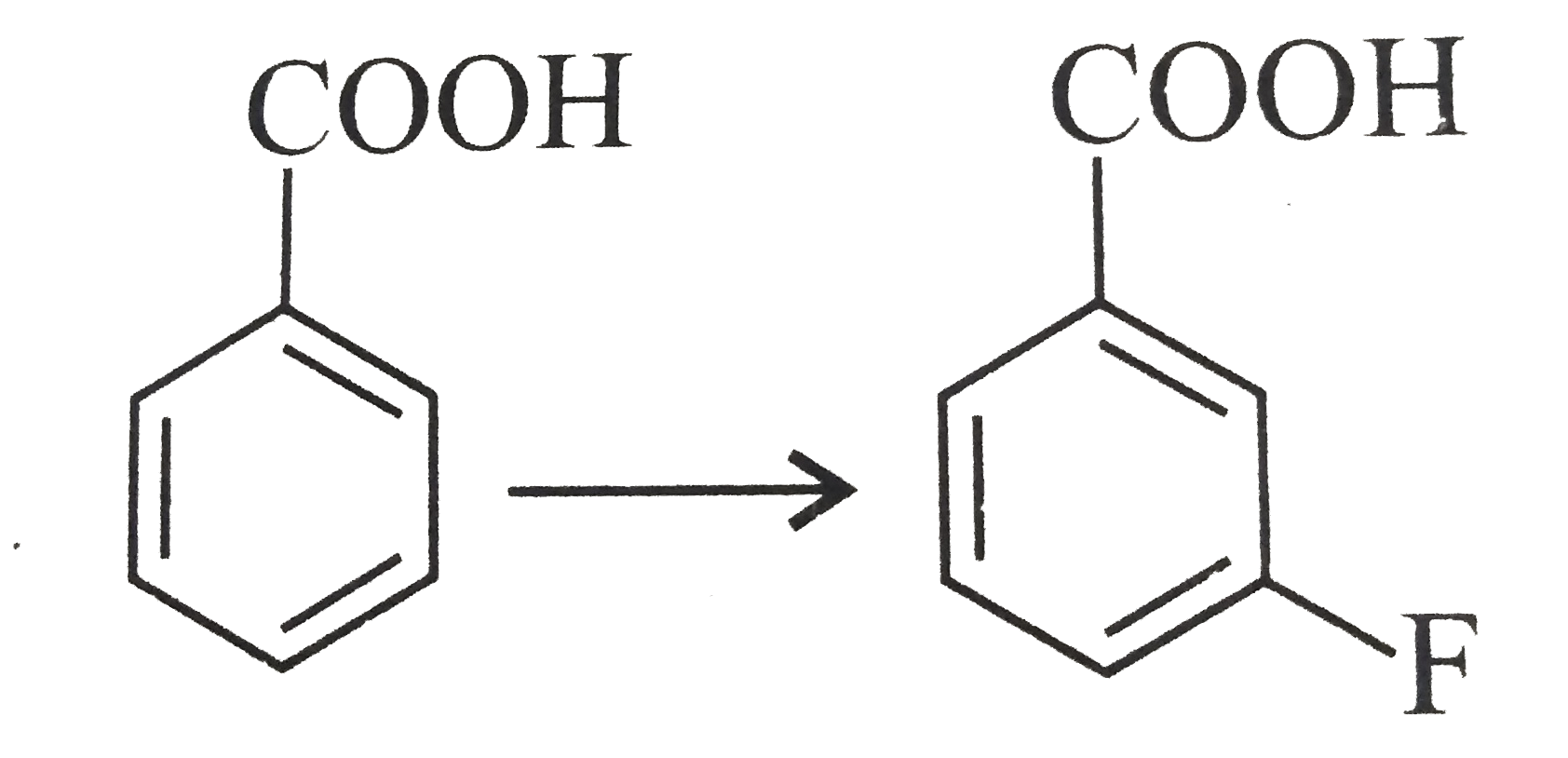 .
.